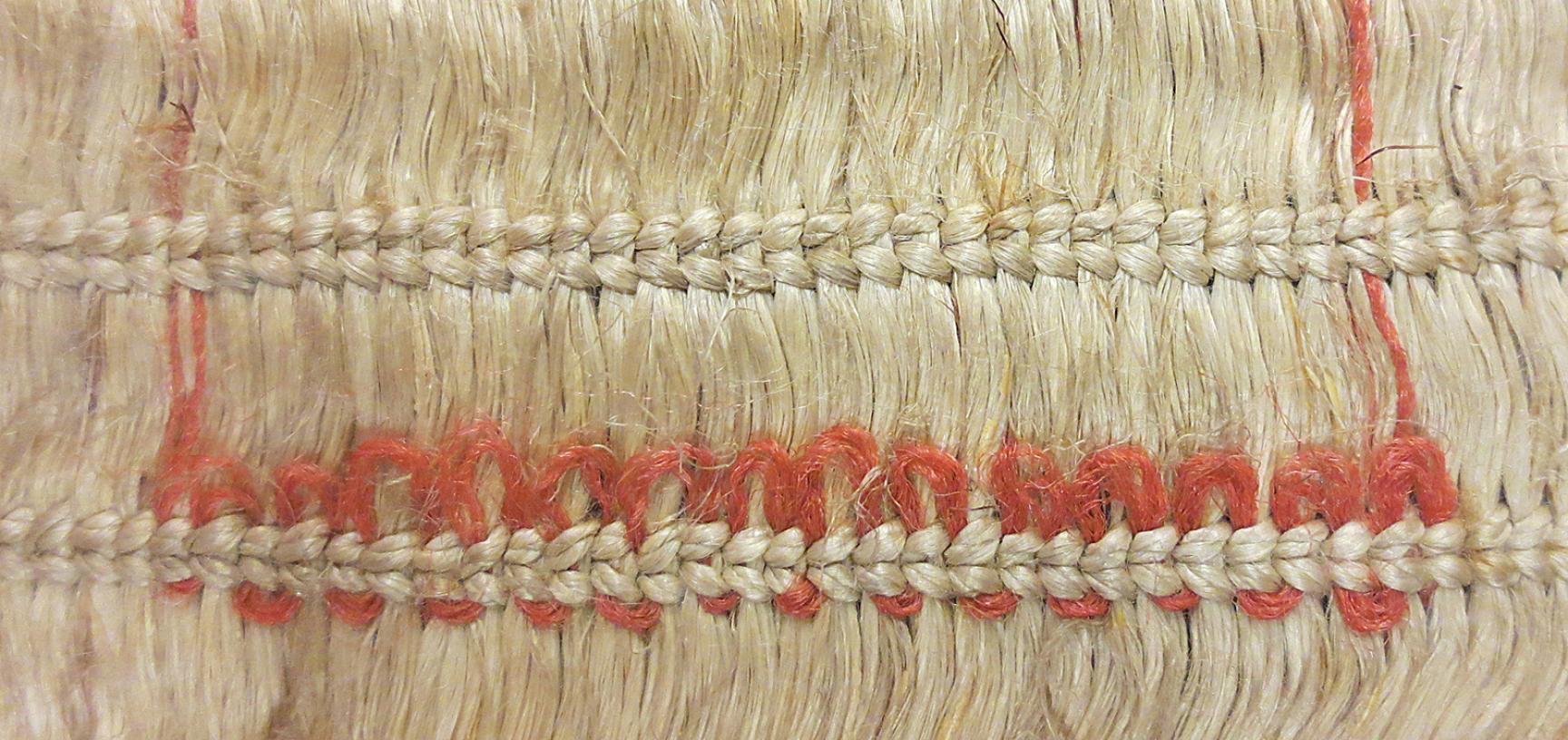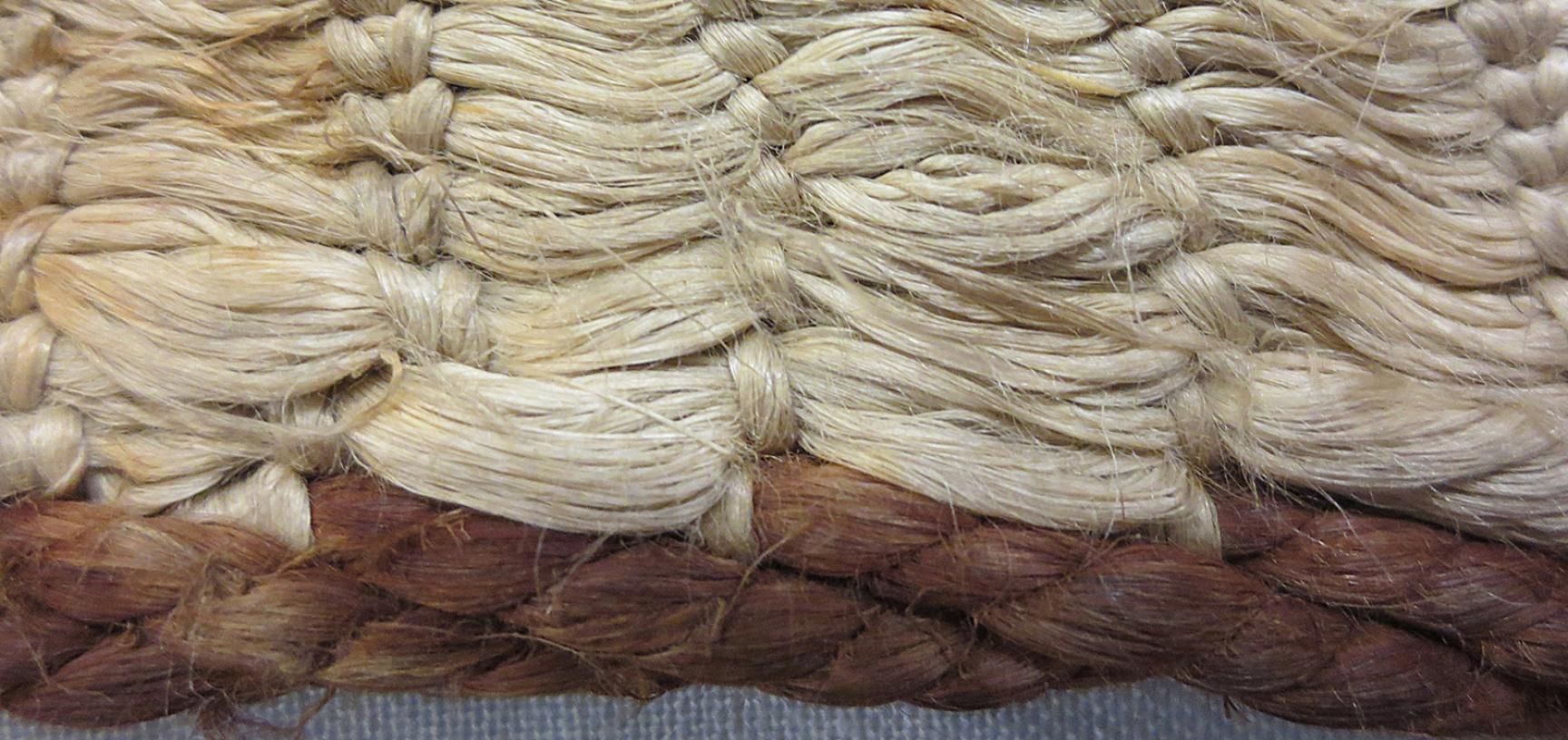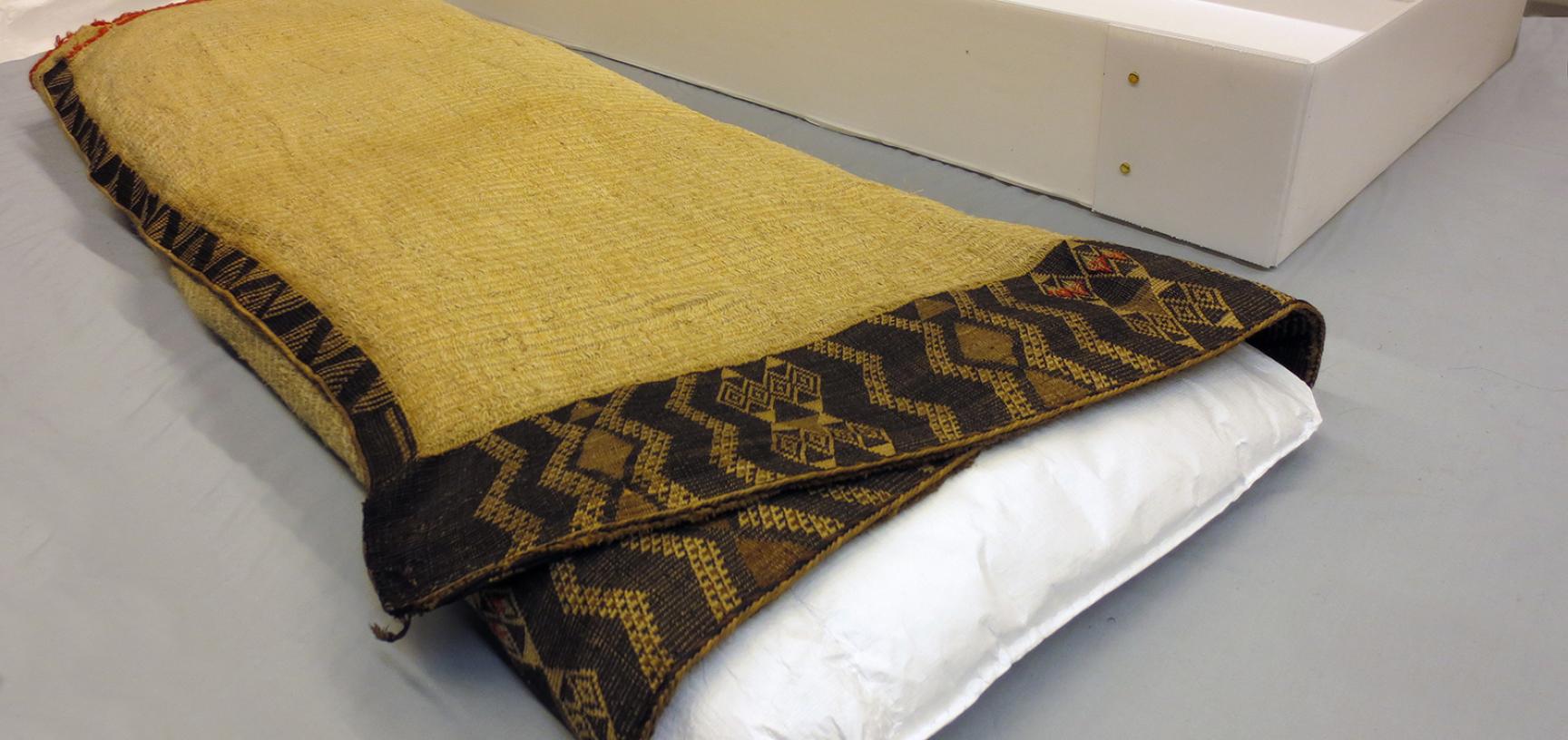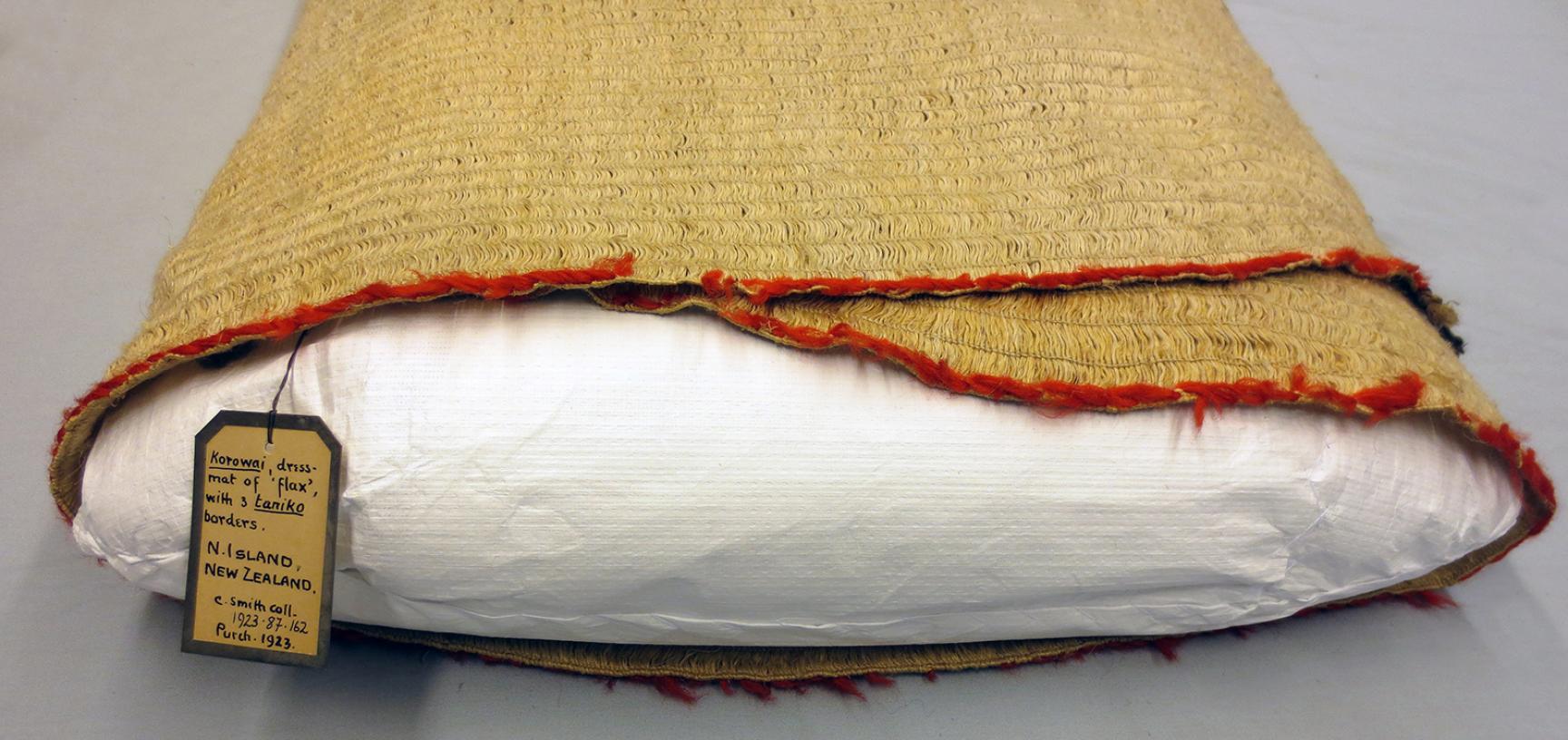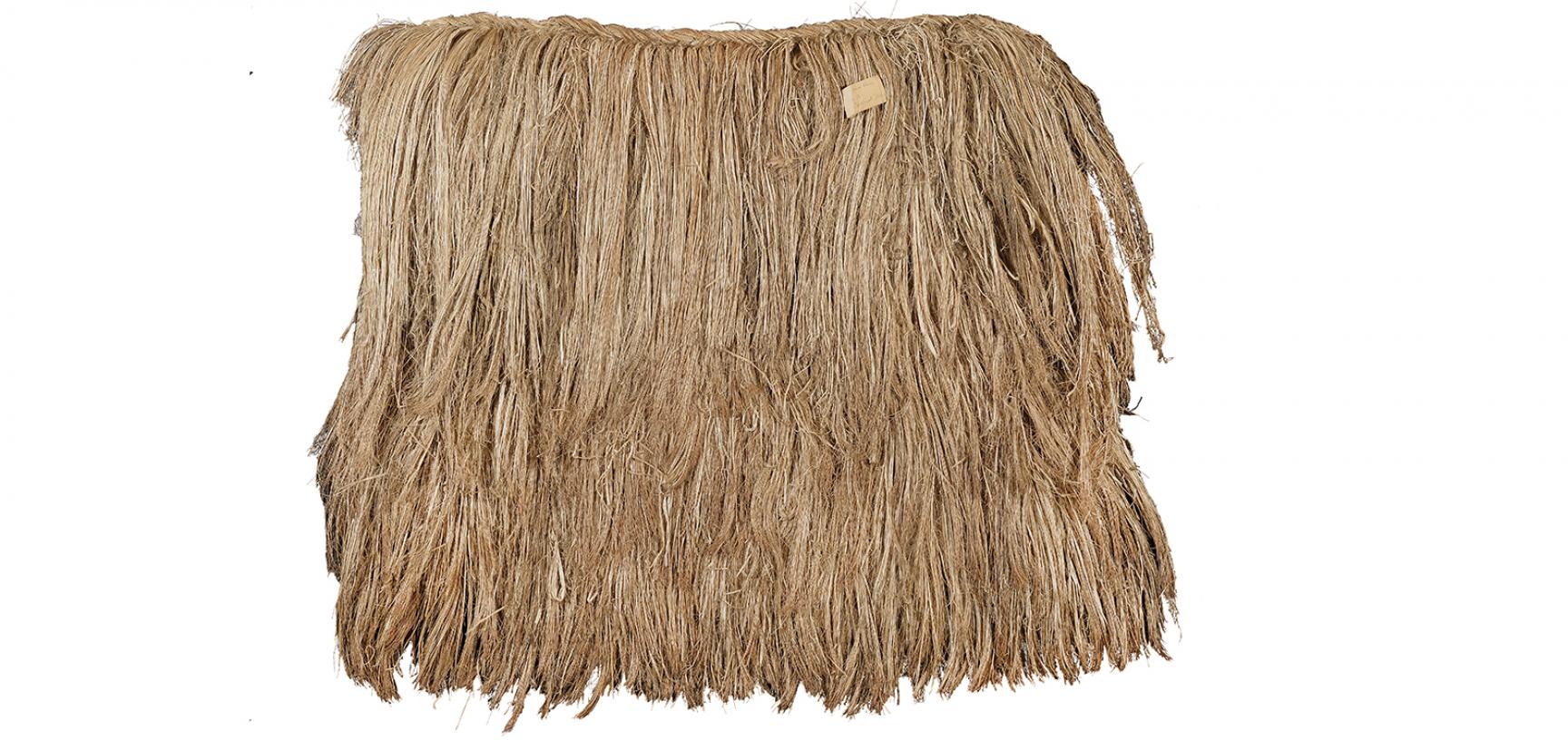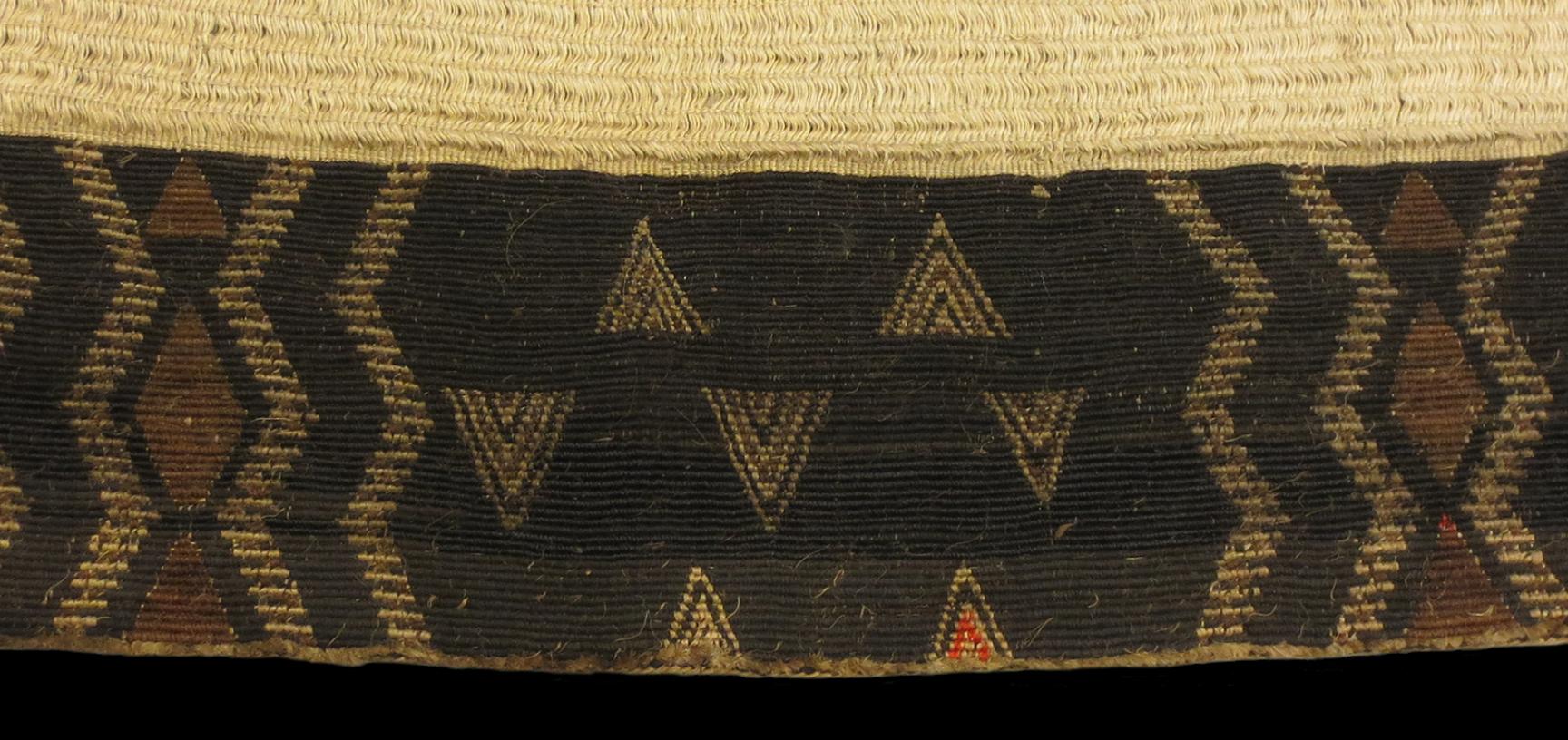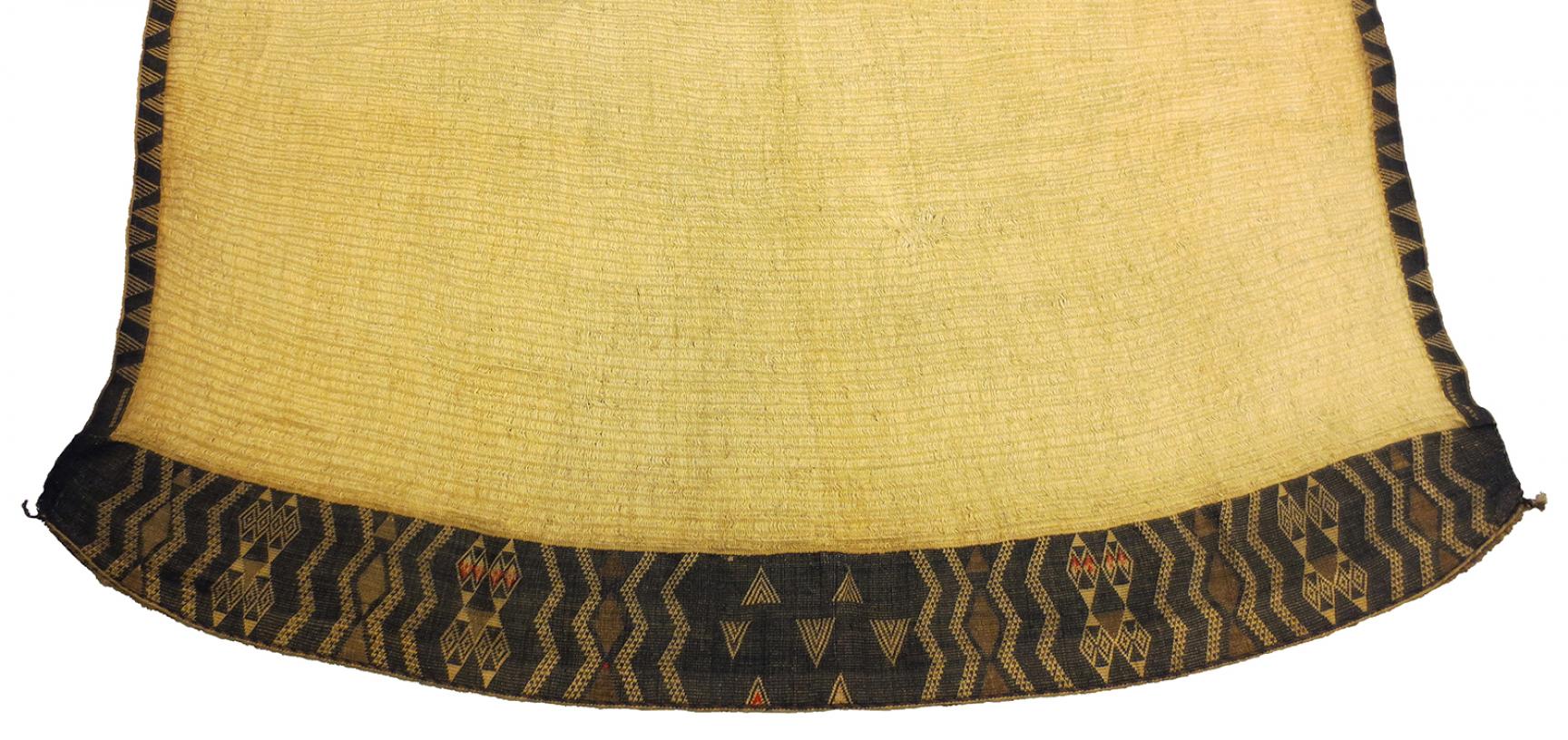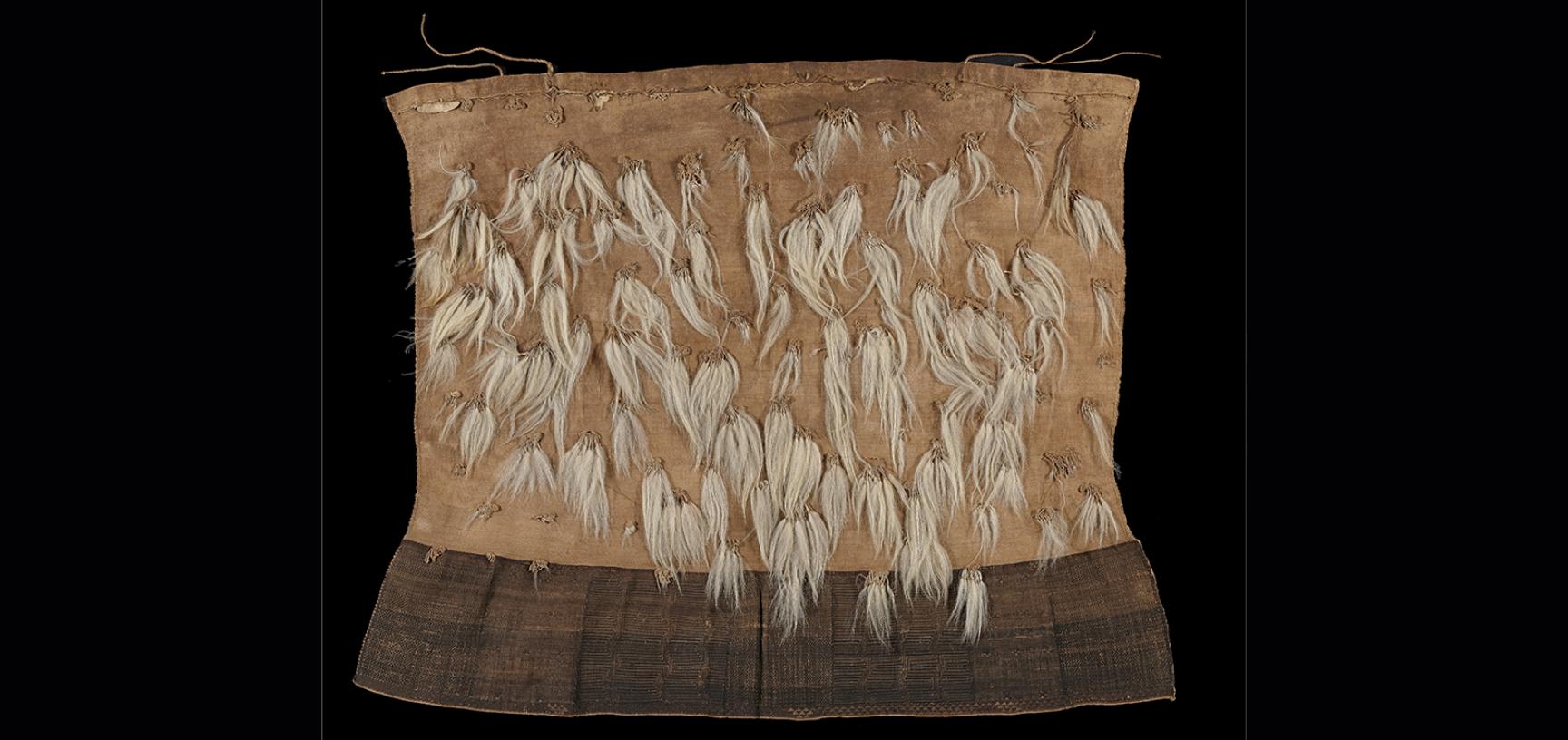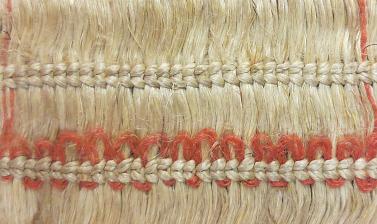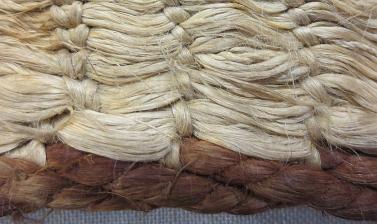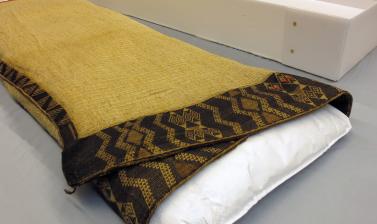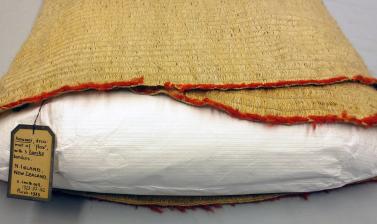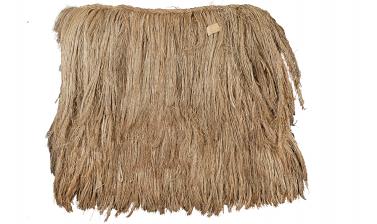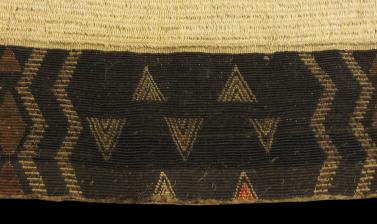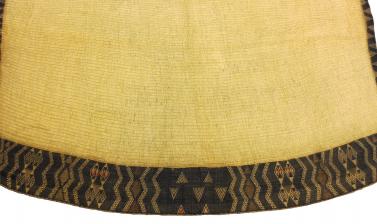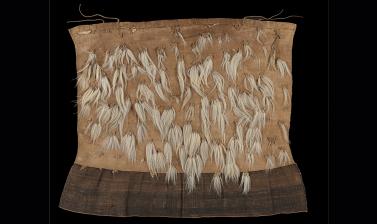Conservation case study: Māori cloaks
Many objects in the Museum collections are currently not on display. A key role of the conservation team is to ensure objects in storage are cared for and stored appropriately to preserve them and make them accessible for future research. The preservation of an object can be greatly enhanced by a suitable storage solution. This aspect of conservation can be demonstrated by the surveying and rehousing of a number of the Māori cloaks (kākahu) within the collection.
Māori cloaks are considered treasures, or taonga, within the Māori community as they continue to hold the mana, or prestige, of their previous owners. It is important that we, as caretakers of those taonga within our collection, understand this and treat these objects with respect. Providing suitable storage is part of this process. Originating in New Zealand, Māori cloks are worn around the shoulders. Traditionally made from muka, the fibre produced from processing New Zealand flax (Phormium tenax), many have been coloured using indigenous dyes. These dyes were made from plants and tree bark, and in the case of the black fibres, tree bark in combination with an iron-rich mud (paru).
Cloaks were used for a variety of purposes by differing sectors of the Māori community. Their purpose, and the rank of the owner, is evident in the materials and method of construction. High-status cloaks (kaitaka) – sometimes decorated with dog hair, a plain central planel (kaupapa) and a patterend border (tāniko) – were worn by chiefs or priests. A more utilitarian rain cape (hieke) was entirely covered with leaf tags that would repel the rain.
While the Museum has many cloaks made using traditional materials, we also have a number of examples that show evidence of the introduction of European materials into the cloaks' production. Wool began to be incorporatred into the garments as more Europeans travelled and settled in New Zealand. These 'introduced' materials often replaced some of the traditionally dyed fibres and provided a wider range of colours.
The condition survey of the Māori cloak collection involved the detailed examintaion of each cloack, including photography, a condition assessment and an evalution of its individual storage needs. Of concern for the long-term preservation of a number of the cloaks is the natural breakdown and fragility of the dyed black fibres. International research is ongoing into possible solutions to inhibit this deterioration and subsequent loss of fibres. Until a suitable answer is found, a sympathetic storage solution is the best option.
For the cloaks in storage, we chose to house each in its own purpose-built box. Each box is lined with Tyvek, a thin archival fabric, on which the cloak can be lifted into and out of its box. Due to the size of the cloaks, it was nescessary to fold each around a purpose built internal cushion and support. The advantage of putting each in their own box is that the cloak can be moved easily without damaging the fragile fibres. This is an important consideration for our collections, as researchers often visit these treasures, including indigenous researchers interested in examining the methods of manufacture and techniques that may have been lost to generations of weavers. Indeed, the techniques used in the production of cloaks are themselved considiered taonga. By ensuring the cloaks in the collection are well cared for, we are fostering the preservation of not just the cloaks but also the treasure worked into each fibre.
It took two conservators 96 hours to complete the condition survey and storage upgrade for the Māori cloaks.


